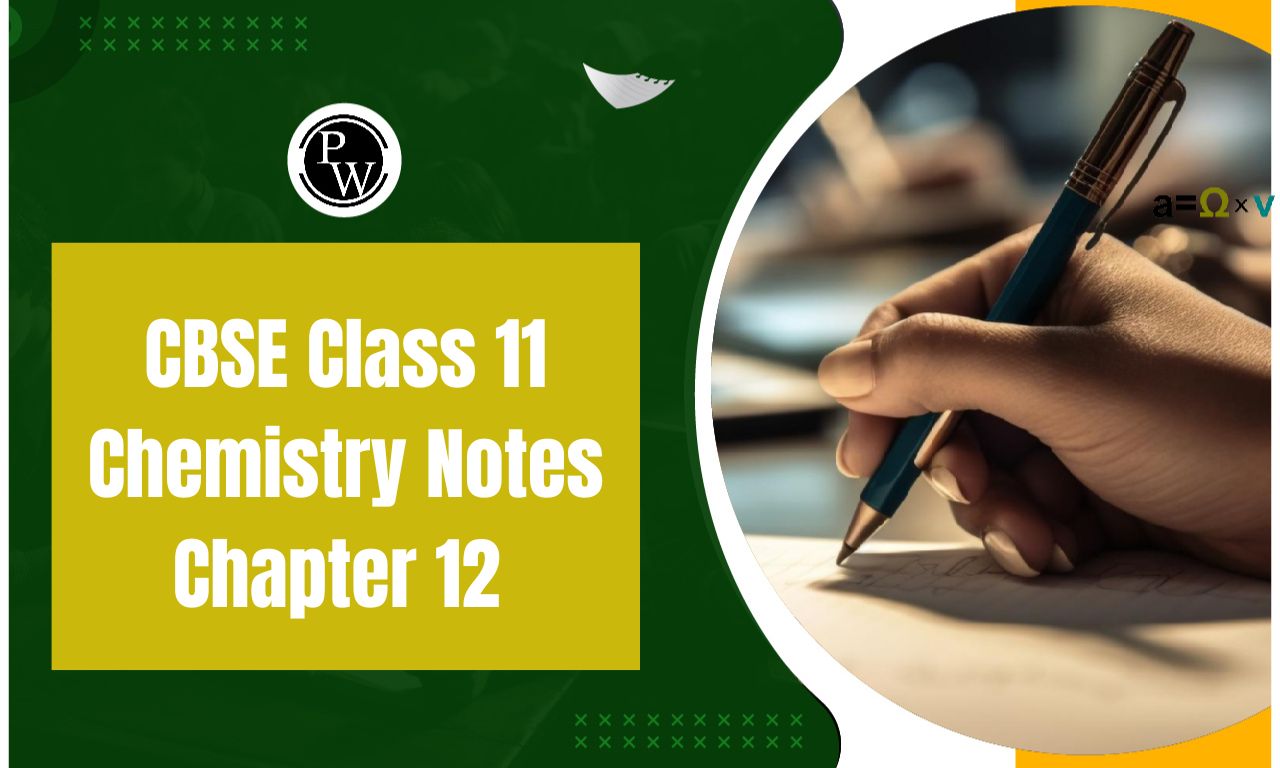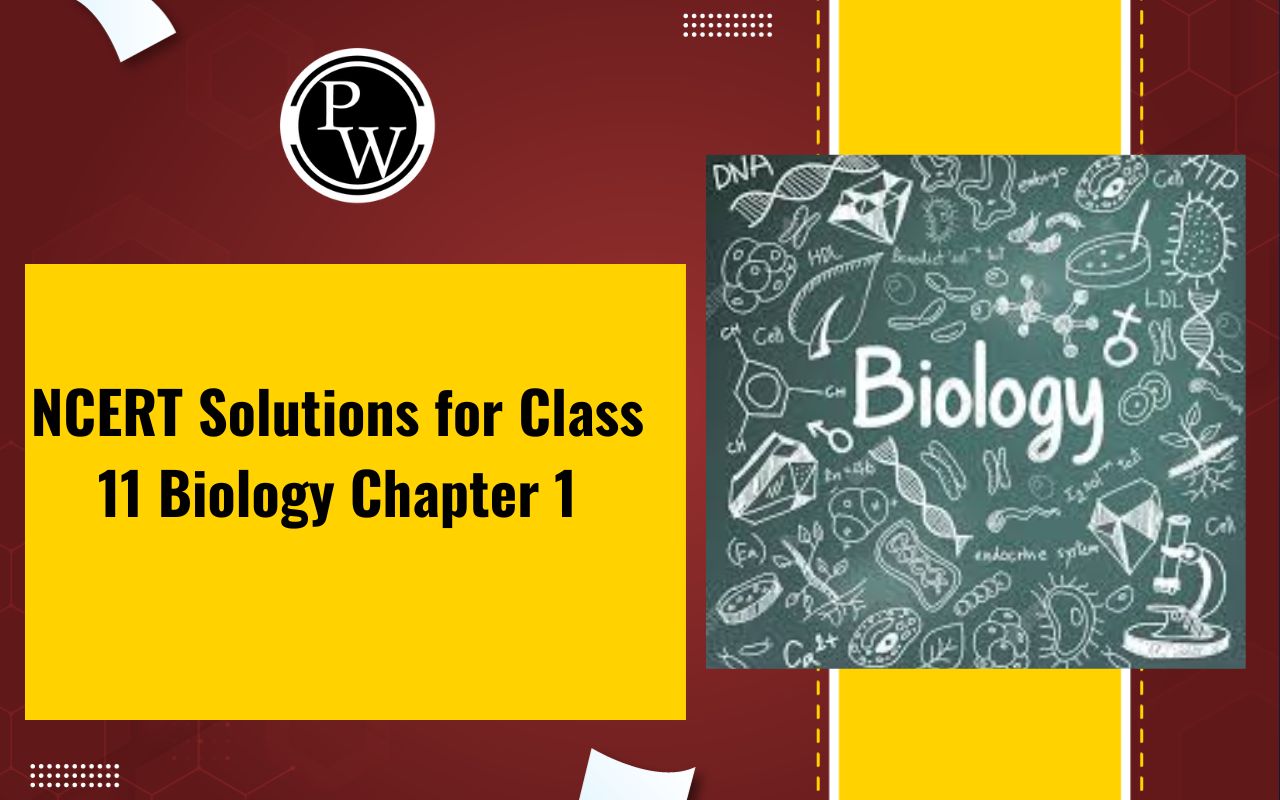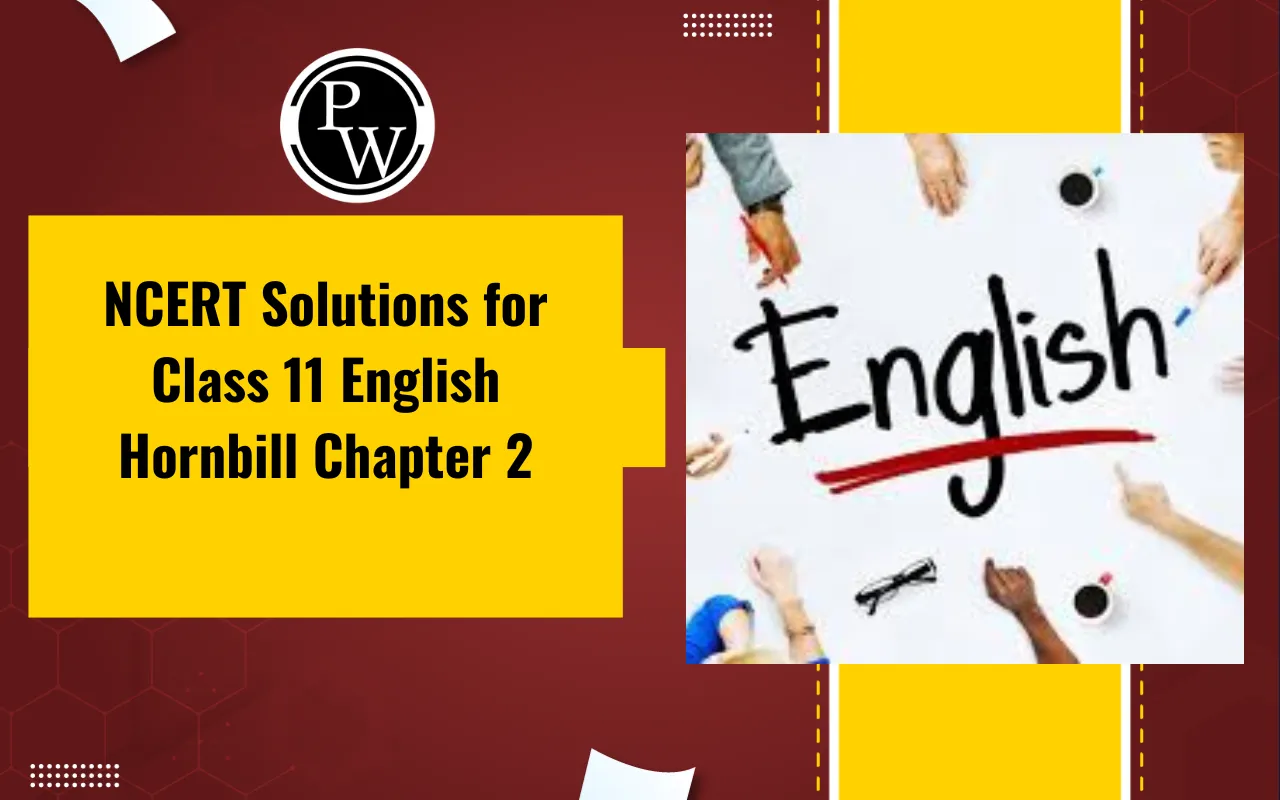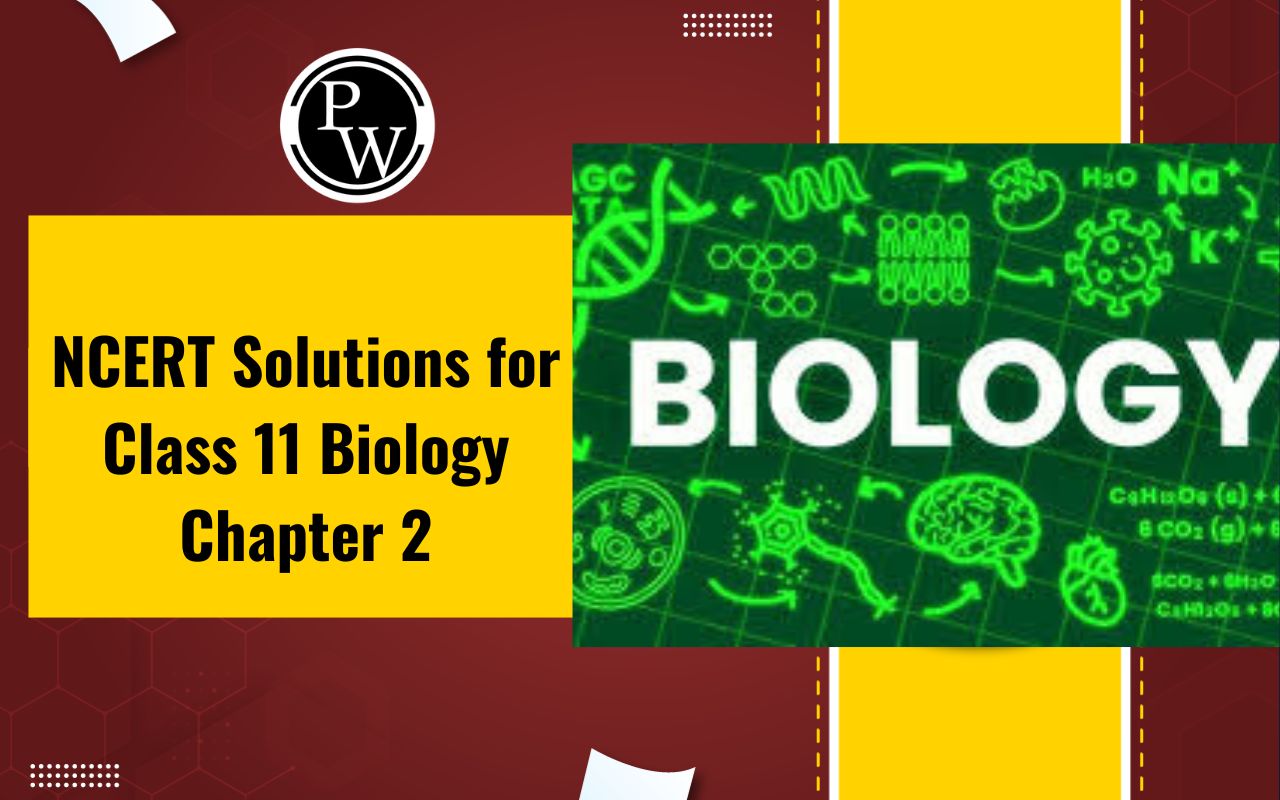
Important Questions for Class 11 Chemistry Chapter 4: Class 11 Chemistry Chapter 4, Chemical Bonding and Molecular Structure provide a collection of important questions with detailed answers to help students in their exam preparation.
These questions are created based on the CBSE syllabus and the latest academic guidelines. By practicing these questions, students can thoroughly review fundamental topics like bonding theories, hybridization, molecular shapes, and resonance. This practice not only strengthens conceptual clarity but also enhances problem-solving efficiency, making it easier to tackle board exams and competitive tests such as NEET and JEE with confidence. These resources are valuable for reinforcing knowledge and ensuring a thorough understanding of the subject.Important Questions for Class 11 Chemistry Chapter 4 Overview
The important questions from Chapter 4 Chemical Bonding and Molecular Structure are important for Class 11 students as they often appear in exams and test a deep understanding of fundamental concepts. These questions include topics like the explanation of ionic, covalent, and coordinate bonds, applications of the VSEPR theory to predict molecular shapes, and the concept of hybridization in molecules. Mastering these topics not only prepares students for their exams but also strengthens their foundation for advanced concepts in chemistry and competitive exams.Important Questions for Class 11 Chemistry Chapter 4 PDF
Below, we have provided a comprehensive PDF containing important questions for Class 11 Chemistry Chapter 4 – Chemical Bonding and Molecular Structure. This PDF is created to help students understand crucial concepts such as ionic and covalent bonding, molecular geometry, hybridization, and resonance. By practicing these questions, students can build a strong foundation and improve their problem-solving skills for exams. Download the PDF to begin your revision and gain confidence in mastering chemical bonding concepts.Important Questions for Class 11 Chemistry Chapter 4 PDF
4. Structures of molecules of two compounds are given below:
Answer.
(a) Since the NO 2 and OH groups in compound (I) are close together, intramolecular hydrogen bonding will form (II). Compound (II) will show intermolecular hydrogen bonding. (b) Since it forms intramolecular hydrogen bonds, compound (II) has a higher melting point. As a result, more and more molecules are linked together via hydrogen bond formation. (c) Due to intramolecular hydrogen bonding, compound (I) cannot form hydrogen bonds with water and is thus less soluble in it, whereas compound (II) can form hydrogen bonds with water more easily and is thus more soluble in water.5. Why does type of overlap given in the following figure not result in bond formation?
- In the first figure, the ++ overlap equals the +- overlap, so these cancel out and the net overlap is zero.
- Since the two orbitals are perpendicular to each other in the second figure, no overlap is possible.
6. Explain why PCl 5 is trigonal bipyramidal whereas IF 5 is square pyramidal.
Answer.
7. In both water and dimethyl ether (CH 3 –O–CH 3 ), oxygen atom is central atom, and has the same hybridization, yet they have different bond angles. Which one has a greater bond angle? Give reason.
Answer.
The bond angle of dimethyl ether will be greater. More repulsion will exist between bond pairs of CH 3 groups attached in ether than between bond pairs of hydrogen atoms attached to oxygen in the water. The carbon of CH 3 in ether is attached to three hydrogen atoms via bonds, and the electron pair of these bonds contribute to the electronic charge density on the carbon atom. As a result, the repulsion between two CH 3 groups will be greater than that between two hydrogen atoms.8. Write Lewis structure of the following compounds and show a formal charge on each atom. HNO 2 , NO 2 , H 2 SO 4
Answer.
- The Lewis structure of HNO 3 is Formal charge = Valence Electrons – Unbonded Electrons – ½ Bonded Electrons
- The Lewis structure of NO 2 is-
9. The energy of σ2pz molecular orbital is greater than π2px and π2py molecular orbitals in nitrogen molecule. Write the complete sequence of energy levels in the increasing order of energy in the molecule. Compare the relative stability and the magnetic behaviour of the following species: N 2 , N 2 + , N 2 – , N 2 2+
Answer.
- N 2 molecule has electronic configuration- σ1s 2 , σ∗1s 2 , σ2s 2 , σ∗2s 2 , π2p x 2 = π2p y 2 , σ2p z 2 Here, N b = 10, N a = 4 Hence, Bond Order = ½ (N b – N a ) = ½ (10 – 4) = 3 The presence of no unpaired electron indicates it to be diamagnetic.
- N 2 + molecule has electronic configuration- σ1s 2 , σ∗1s 2 , σ2s 2 , σ∗2s 2 , π2p x 2 = π2p y 2 , σ2p z 1 Here, N b = 9, N a = 4 Hence, Bond Order = ½ (N b – N a ) = ½ (9 – 4) = 2.5 The presence of 1 unpaired electron indicates it to be paramagnetic.
- N 2 – molecule has electronic configuration- σ1s 2 , σ∗1s 2 , σ2s 2 , σ∗2s 2 , π2p x 2 = π2p y 2 , σ2p z 2 , π∗2p x 1 Here, N b = 10, N a = 5 Hence, Bond Order = ½ (N b – N a ) = ½ (10 – 5) = 2.5 The presence of 1 unpaired electron indicates it to be paramagnetic.
- N 2 2+ molecule has electronic configuration- σ1s 2 , σ∗1s 2 , σ2s 2 , σ∗2s 2 , π2p x 2 = π2p y 2 Here, N b = 8, N a = 4 Hence, Bond Order = ½ (N b – N a ) = ½ (8 – 4) = 2 The presence of no unpaired electron indicates it to be diamagnetic
10. What is the effect of the following processes on the bond order in N 2 and O 2 ?
(i) N 2 → N 2 + + e – (ii) O 2 → O 2 + + e –Answer.
(i) N 2 → N 2 + + e – The bond order in N 2 is 3 while that in N 2 + is 2.5. This indicates that the bond order decreases. (ii) O 2 → O 2 + + e – The bond order in O 2 is 2 while that in O 2 + is 2.5. This indicates that the bond order increases.11. Give reasons for the following:
(i) Covalent bonds are directional bonds while ionic bonds are nondirectional. (ii) Water molecule has bent structure whereas carbon dioxide molecule is linear. (iii) Ethyne molecule is linear.Answer.
(i) A covalent bond is formed by the overlapping of half-filled atomic orbitals with definite directions, i.e., shared electron pair/pairs are localised between two atoms. As a result, a covalent bond is also known as a directional bond. Since each ion in an ionic compound has an influence in all directions, it is surrounded by a number of oppositely charged ions with no definite direction and, therefore, is non-directional. (ii) The central oxygen atom in water is sp 3 hybridised, whereas the central carbon atom in CO 2 is sp-hybridised. The net dipole moment of CO 2 is zero, whereas H 2 O has a significant value. This demonstrates that CO 2 has a linear structure, whereas water has a bent structure. (iii) Each carbon atom in ethyne is sp-hybridized, resulting in a linear structure.12. What is an ionic bond? With two suitable examples explain the difference between an ionic and a covalent bond?
Answer.
Ionic bonds are chemical bonds formed between two atoms as a result of the transfer of one or more electrons from one atom to the other. Such a bond is only possible between atoms of different characteristics, with one atom having a tendency to lose electrons and the other atom having a tendency to accept electrons. Distinctive features: (i) Ionic bonds can form between dissimilar atoms, such as electropositive and electronegative atoms, whereas covalent bonds can form between similar and dissimilar atoms. (ii) An ionic bond is neither rigid nor directional. It does not exhibit isomerism, whereas a covalent bond is rigid and directional, causing space isomerism.13 . Arrange the following bonds in order of increasing ionic character giving reason.
N – H, F – H, C – H and 0 – H.Answer.
When there is a sufficient difference in the electronegativity of the two atoms, the ionic character is observed in a covalent bond. Ionic character ∝ Electronegativity difference. The following is an order of increasing ionic character. C – H < N – H < O – H < F – H14. Explain why CO 2 2– ion cannot be represented by a single Lewis structure. How can it be best represented?
Answer.
In the carbonate ion CO 3 2– . The lengths of the three C to O bonds are all the same. A single Lewis structure cannot demonstrate this. The ion is a composite of three different structures.15. Predict the hybridization of each carbon in the molecule of organic compound given below. Also indicate the total number of sigma and pi bonds in this molecule.
- 2 are sp hybridised and linked through a triple bond.
- 2 are sp 2 hybridised and linked through double bonds to O atoms.
- 1 is sp 3 hybridised and linked to two carbon atoms and two H atoms through single bonds.
16. Group the following as linear and non-linear molecules:
H 2 O, HOCI, BeCl 2 , Cl 2 OAnswer.
Only BeCl 2 is linear because the central atom O is surrounded by two lone pairs in the others. Molecules are non-linear due to lone pair – lone pair repulsion. H 2 O, HOCI, Cl 2 O are non-linear molecules.17. Elements X, Y and Z have 4, 5 and 7 valence electrons respectively.
(i) Write the molecular formula of the compounds formed by these elements individually with hydrogen. (ii) Which of these compounds will have the highest dipole moment?Answer.
(i) The molecular formula of the compounds are as follows:- XH 4
- YH 3
- ZH 1
18. Draw the resonating structure of
(i) Ozone molecule (ii) Nitrate ionAnswer.
(i) Ozone molecule (ii) Nitrate ion19. Predict the shapes of the following molecules on the basis of hybridization.
BCI 3 , CH 4 , CO 2 , NH 3Answer.
- BCl 3 has sp 2 hybridization and trigonal planar structure.
- CH 4 has sp 3 hybridization and tetrahedral structure.
- CO 2 has sp hybridization and linear structure.
- NH 3 has sp hybridization and pyramidal structure.
20. All the C-O bonds in carbonate ion (CO 3 2– ) are equal in length. Explain.
Answer.
Carbon is bonded to three oxygen atoms in carbonate ion. It has double bonds with two oxygen atoms and a single bond with one oxygen. Since bonds are not fixed and show resonance, all C – O bonds are the same length.Benefits of Solving Important Questions for Class 11 Chemistry Chapter 4
Solving important questions for Class 11 Chemistry Chapter 4 - Chemical Bonding and Molecular Structure provide several key benefits for students:Strengthening Conceptual Understanding : By tackling these questions, students can gain a deeper understanding of fundamental concepts like ionic, covalent, and coordinate bonds, VSEPR theory, hybridization, and molecular geometry. This foundational knowledge is crucial for mastering more advanced topics in chemistry.
Improved Problem-Solving Skills : Important questions often include a variety of problem types, from basic theoretical questions to complex numerical problems. Regular practice helps students develop strong problem-solving abilities, which are essential for performing well in exams.
Time Management : By solving these questions under exam-like conditions, students learn to manage their time efficiently. This practice helps them become familiar with the exam format and understand how much time to allocate to different types of questions during the actual exam.
Better Exam Preparation : These questions cover key topics and frequently asked concepts, ensuring that students are well-prepared for the upcoming exams. Solving them not only boosts confidence but also helps students become familiar with the structure and difficulty level of the questions.
Helps in Competitive Exams : Many competitive exams like JEE and NEET also test concepts from Chemical Bonding and Molecular Structure . By solving important questions, students can enhance their preparation for these entrance exams, as the subject matter overlaps with topics tested in these exams.
Enhanced Retention : Regular practice reinforces learning and helps with better retention of complex concepts, making it easier to recall information during exams.
Building a Strong Foundation : Chemical bonding is a core topic in chemistry, and mastering it creates a solid foundation for understanding other chapters like organic chemistry, inorganic chemistry, and physical chemistry in later stages of study.
Important Questions for Class 11 Chemistry Chapter 4 FAQs
What is Chemical Bonding?
What is the VSEPR theory?
What is hybridization?
What is the molecular geometry of H₂O (water)?










